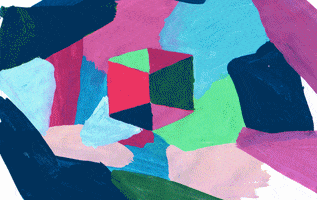Week02
"Ways of Seeing"

In "Way of Seeing", John Berger provides a very intriguing and thought provoking analysis of visual projetcs and images. Over the course of the series, he displays how visuals can be used an a dynamic medium for information. The use and meaning of imagery isn't one dimensional or uniform in the slightest. As Berger details in his series, there are a variety of methods and ways for an artist and an observer to extract meaning and purpose from imagery. For example, imagery could be used to depict wealth and status; a reflection of the lavish lifestyle that the owner of the painting experiences. Or rather than something concrete like that, an image can inspire imagination. Visual advertisements stimulate spectator's imaginations, as these images and paintings act as a window into a world where the spectator could find happiness, joy, and a new sense of accomplishment. Imagery such as this doesn't just try to sell a product, it depicts an attitude or way of life that any observer could project themselves into.
Examples such as the one above are also subject to one of the most intriguing thoughts proposed during this series: the idea that art and images are mallable and don't have rigourous meaning. Ever since the invention of the camera, humans now longer have to travel to view these works of art, the art instead finds its way to the observer. The flow of information has shifted ultimately shifted. Since paintings have become so mobile, they are subject to manipulation. It is much easier to remove them from one context and place them in another, or to construct a narrative separate from that of others, or even detach the picture from its original intent/meaning. In my opinion, this development and realization of how images can be transformed is one of the most prominent and interesting ideas in the entire series. It forces us to think about how an image may have been manipulated and the journey that image took to arrive at its modern meaning. It makes observers wary of many varying prespectives surrounding visual products, which is something I find to be very important in todays world.